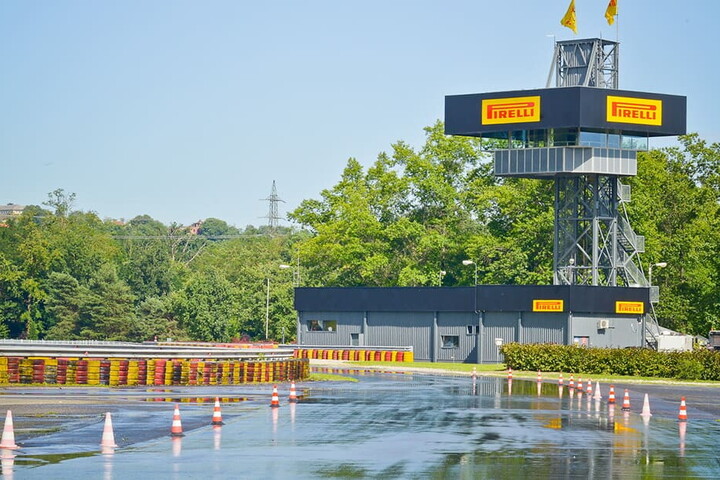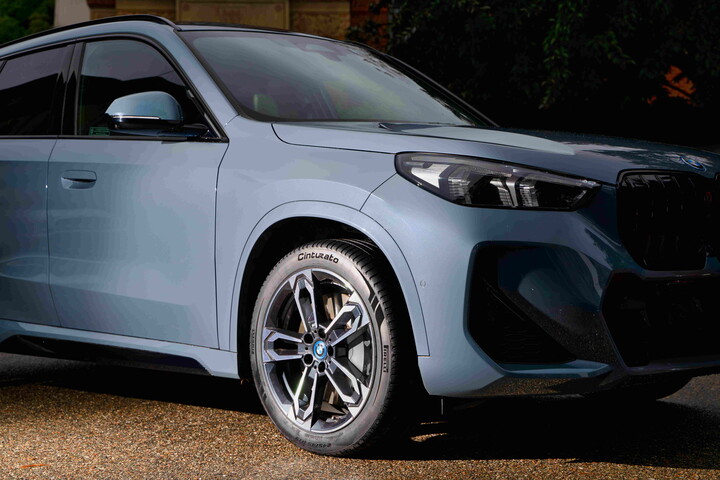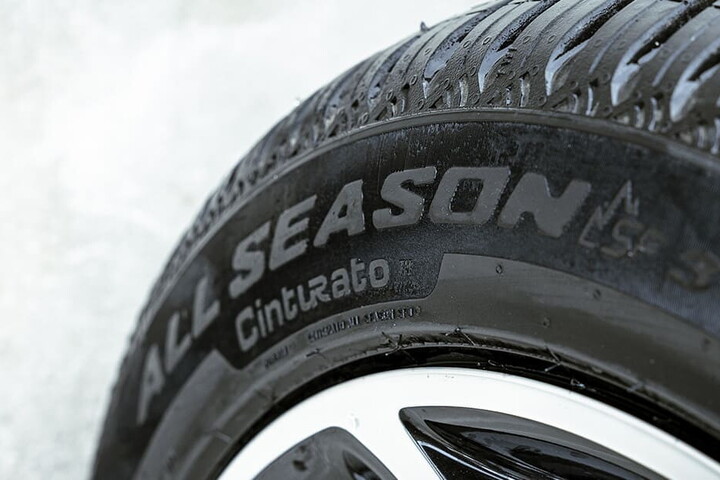Unless an external event causes unexpected damage to a tyre, in which case you have no option but to replace it immediately, purchasing a tyre set can be planned in good time with the goal of being less traumatic. In normal car use, the tread wears down to the limit set by law very gradually.

Never wait until last moment
The threshold of 1.6 millimetres of depth used to be measured with a gauge, or more empirically, using the edge of a 500 Lire coin (until 2001) or of a one Euro coin. Checking today is much easier because no tools are needed. For some time, manufacturers have placed small three-dimensional bars, which are exactly 1.6 millimetres in height, inside the channels. These are the Tread Wear Indicators (or TWIs). All is well as long as they are embedded in the tread pattern but replacement can no longer be postponed when they are on the same level as the blocks.
Read more: Eight tips for driving in wet weather
Fishing for quotes
This will give you plenty of time to organise yourself in advance and find the best possible combination for your car and your budget, whether you want to stick to standard equipment or switch to a different brand, type or size, of course in accordance with the registration certificate of your vehicle. Prices may vary greatly for the same equipment, but it is important to check that all ratings match (such as the speed code and the load index). Also, check that the cost includes professional installation and balancing and that the old tyres are collected and disposed of in accordance with the law.
Keep an eye on the calendar
If your objective is to save money, do not underestimate the time of year you pick to change the tyres. Acting in advance and planning when to buy new tyres is always a good idea. The goal is to avoid peak periods of greater demand during which the assortment of brands, models and sizes may not be complete and prices may not be entirely satisfactory. So, it is better to avoid turning up just before the summer holidays, because many motorists remember that their tyres have reached the end of the working life just before setting off.
Winter tyres? Better in summer
Counter-intuitively, the summer is the best time to pick and buy winter tyres. This is when tyre dealers replenish their stocks in anticipation of seasonal changes determined by the entry into force of local laws that every year on 15 November mark the beginning of the obligation to carry snow chains in the car or fit winter tyres on many stretches of the Italian national road network. In this case, you do not need to fit the tyres on the rims straight away. You can buy them and book a date to have them installed at the right time.
When safety turns into saving
Proper planning is crucial for saving and for securing better service. This is why the tyres of your car require more attention than that commonly dedicated to them, in addition to monitoring the wear indicators. Frequent inspections will allow you to spot irregular wear, which could be determined by incorrect inflation pressure or a compromised trim. However, this is not enough alone. Also, inspect the sidewalls (on the outer side and on the side hidden from view) for cuts or bulges. These rules of behaviour relate directly to safety and contribute indirectly to fuel-economy.




